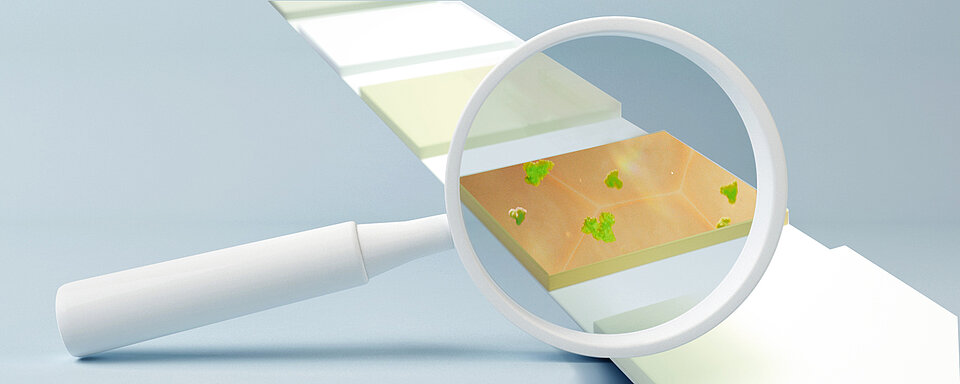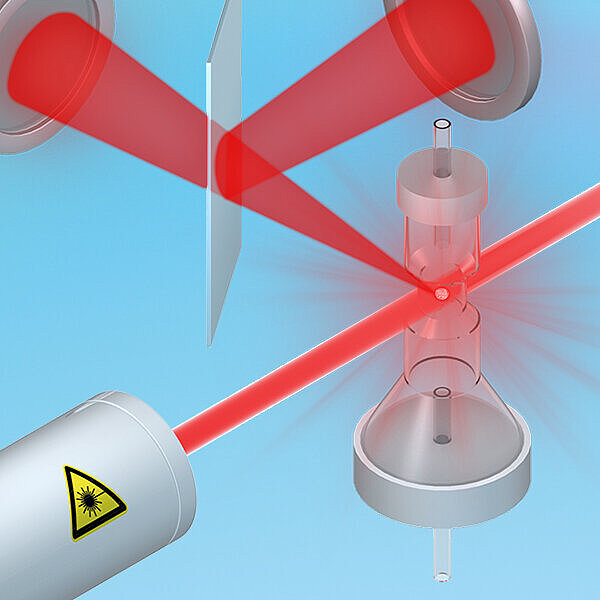Fighting chronic kidney disease (CKD) with screening of risk groups – regularly and cost-efficiently
The burden of CKD
Chronic kidney disease (CKD) means persistent abnormalities of the kidney structure and function that have been present for a minimum of three months. In most cases, CKD is a consequence of kidney injuries and lifestyle diseases.
With diabetes and hypertension contributing to around two thirds of all CKD cases, the global prevalence of CKD of 9.1% positively correlates with the increasing prevalence of those diseases.
Increasing disability, end-stage renal failure and the need for renal replacement therapies (RRT) are not only diminishing the quality of life of CKD patients, but also leading to high healthcare expenditures and socio-economic disadvantages.
Since CKD is reversible at an early stage, the regular screening of risk groups could help to reduce the burden of CKD effectively.
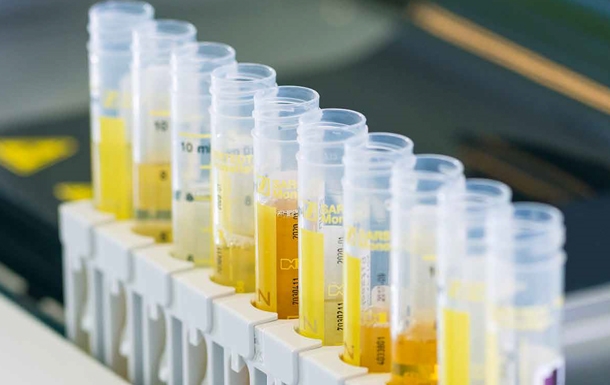
KDIGO
The KDIGO guideline defines the estimated glomerular filtration rate (eGFR) and albuminuria as key indicators of CKD. Albuminuria means the excretion of albumin via the urine and increases with the progression of CKD. The eGFR reflects the production of urine and decreases with the progression of CKD.
These parameters visualise CKD as the gradual loss of kidney function.
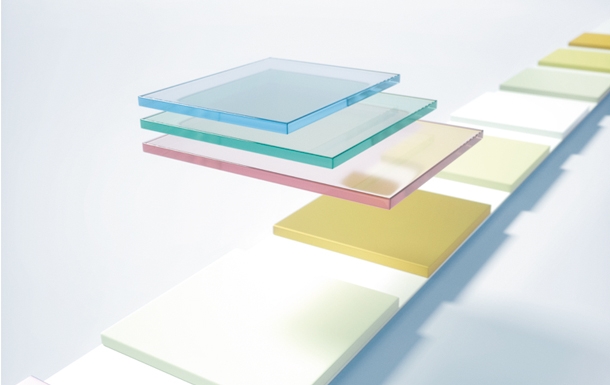
Diagnostics is the key to early detection
If detected at the early stage of mildly increased albuminuria, the onset of CKD can be reverted or at least its progression slowed down by establishing suitable treatment options and modifications of the patient’s lifestyle.
Since the detection of albuminuria by immunohistochemistry and immunonephelometry are cost-intensive diagnostic procedures, they are not suitable for a regular screening of risk groups.
But what if a simple urine test strip test could do the job by providing an accurate, reliable and inexpensive option to detect albuminuria, allowing to establish a screening of risk groups?
Teststrip
(Semi-)Quantitative test strip
The Sysmex Meditape 11A test strips are classic dye-binding-based dry chemistry sticks to detect and quantify white blood cells, urobilinogen, occult blood, bilirubin, ketone bodies, creatinine, albumin, protein, urinary pH, specific gravity, protein:creatinine ratio (PCR), albumin:creatinine ratio (ACR), colour and turbidity in urine specimens.
In combination with a reflectance measurement using the CMOS technology of the UC-3500, the Meditape 11A test strip allows the sensitive and accurate detection of albuminuria at physiological levels. With a limit of detection as low as 5.5 mg/L and a reportable range of 10 mg/L, the Meditape 11A test strip in combination with the UC-3500 reaches measurement ranges that compare to traditional immunonephelometric assays, allowing the quantification of albuminuria at an early stage.
The Meditape 11A includes a test pad for creatinine to calculate the albumin:creatinine ratio (ACR) to overcome the physiological variation of urinary albumin levels and to eliminate the need for 24-hour urine sample collection and analyses.
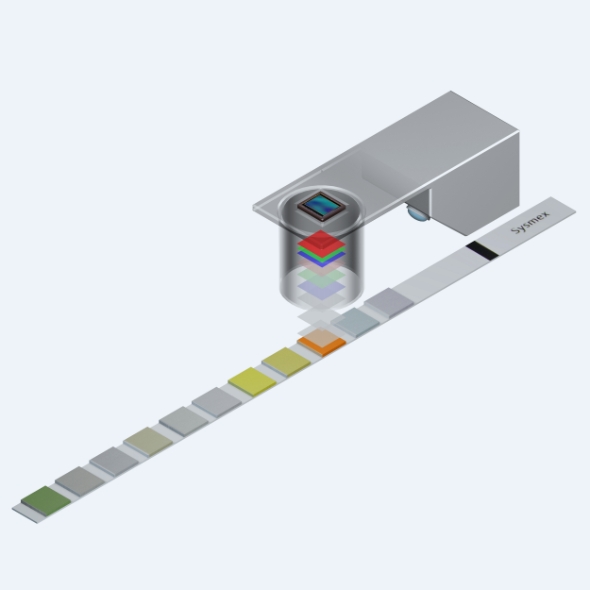
Urine particle analysis
Deeper insight into the kidney status
For extended diagnostics beyond the detection of albuminuria, the UN-Series can provide deeper insights into kidney abnormalities by detecting related urinary abnormalities and informing about their glomerular or tubular origin.
Haematuria
Haematuria is detected and quantified, even at low levels, by the UF-Series using fluorescence flow cytometry. The related scattergram pattern allows the differentiation of isomorphic and dysmorphic red blood cells and in turn the judgement of the cause of haematuria, since dysmorphic RBC are an indicator of a glomerular origin of haematuria.
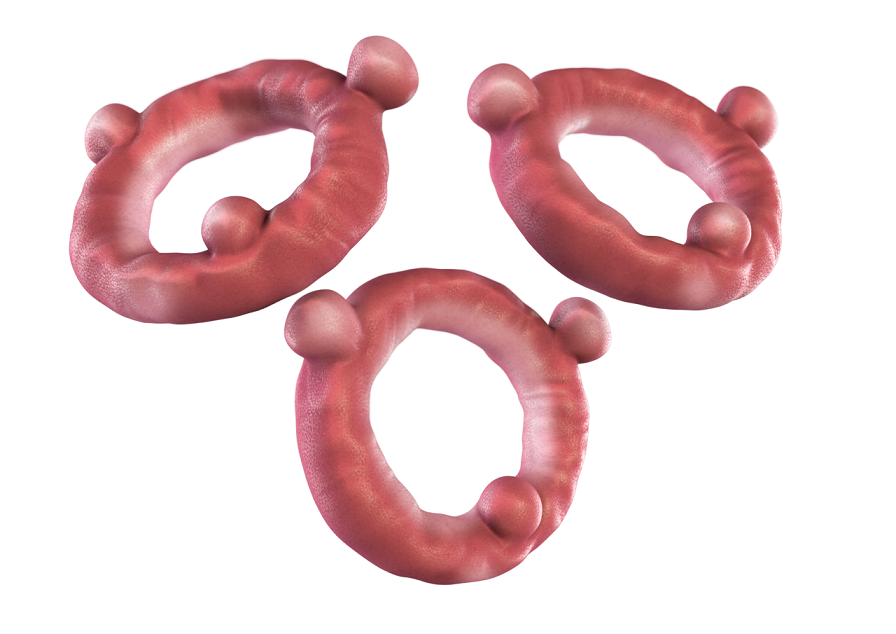
Renal tubular epithelial cells
Renal tubular epithelial cells (RTEC) are commonly observed in urine samples in case of kidney injuries, upper urinary tract infections and glomerular and tubular damage. The UF-Series detects and quantifies RTEC, allowing the detection of renal damage.
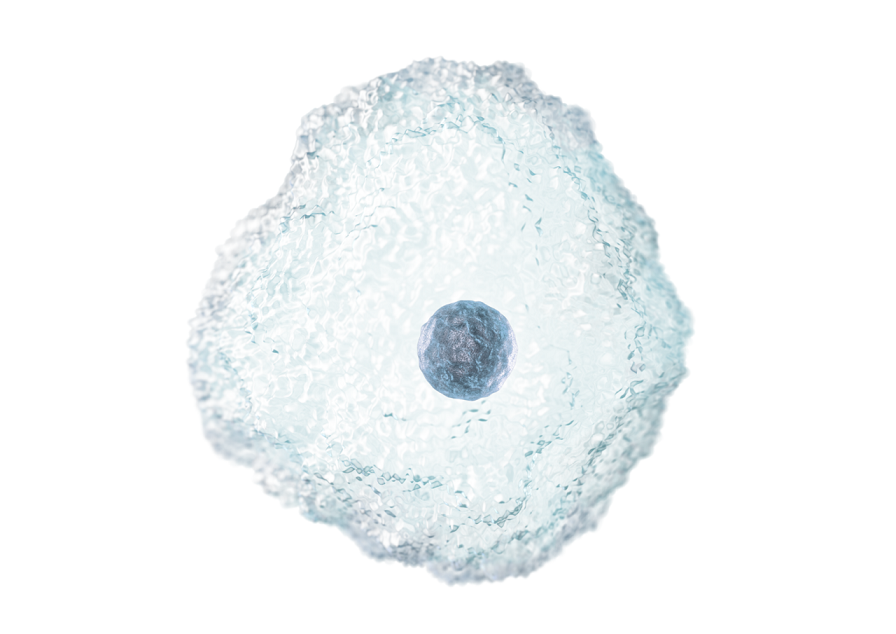
Casts
Higher concentrations of hyaline casts can be observed in the context of renal damage; pathological casts - especially waxy casts and eosinophilic casts - are indicators of renal damage. Here, the UF-Series can assist in the detection and quantification of casts, and the UD-10 can support the morphologic judgement of these casts.
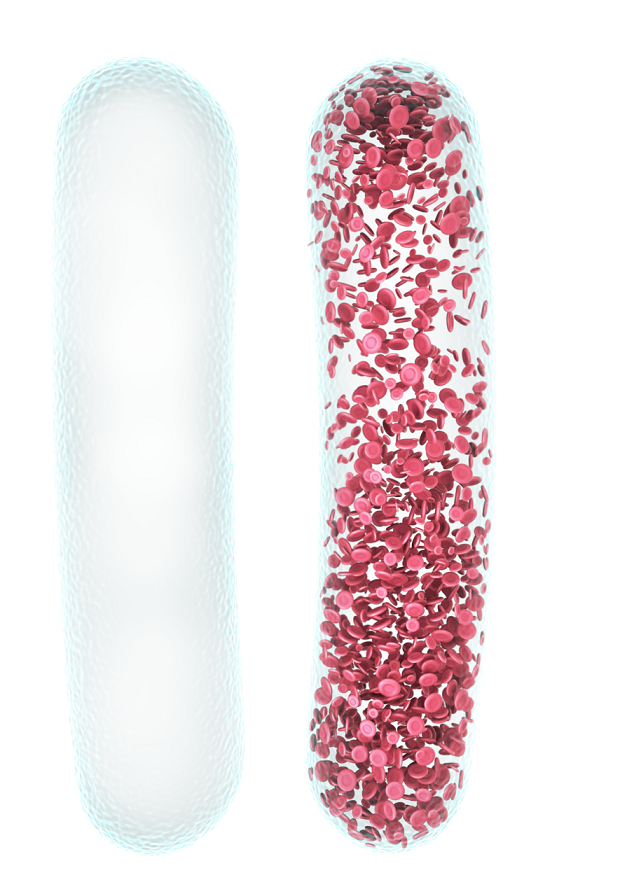
Beyond urinalysis
Since chronic kidney disease is a severe systemic condition, a good CKD management is important. Sysmex solutions can contribute to the management of CKD beyond CKD screening. This includes
- the monitoring and management of anaemia in the context of renal disorders using reticulocyte-related parameters of the XN-Series,
- dual antiplatelet therapy (DAPT) monitoring in CKD patients at risk of cardiovascular events – via platelet aggregation levels (PAL) obtained from the CS- and CN-Series – and
- proper glycaemic control for diabetic patients via HbA1c measurement.
Publications
Decavele AS, Fiers T, Penders J and Delanghe JR (2012) A sensitive quantitative test strip based albuminuria screening assay. Clin Chem Lab Med 50(4):673-678
Delanghe JR, Himpe J, De Cock N, Delanghe S, De Herde K, Stove V and Speeckaert MM (2017) Sensitive albuminuria analysis using dye-binding based test strip. Clin Chim Acta 471:107-112
Enko D, Stelzer I, Boeckl M, Derler BSchnedl WJ, Anderssohn P, Meinitzer A and Herrmann M (2020) Comparison of the diagnostic performance of two automated urine sediment analyzers with manual phase-contrast microscopy. Clin Chem Lab Med 58(2):268-273
Fairley KF, Birch DF (1982) Haematuria: a simple method for identifying glomerular bleeding. Kidney Int 21:105-108.
Fairley JK, Owen JE, Birch DF (1983) Protein composition of urinary casts from healthy subjects and patients with glomerulonephritis. Br Med J287(6408):1838-1840
Forouzanfar MH et al. (2017) Global Burden of Hypertension and Systolic Blood Pressure of at Least 110 to 115mmHg, 1990-2015. JAMA 317(2):165-182
GBD Chronic Kidney Disease Collaboration (2020) Global, regional, and national burden of chronic kidney disease 1990-2017: A systematic analysis for the Global Burden of Disease Study 2017. Lancet 395(10225):709-733
Khan MAB, Hashim MJ, King JK, Govender RD, Mustafa H and Al Kaabi J (2020) Epidemiology of Type 2 Diabetes – Global Burden of Disease and Forecasted Trends. Journal of Epidemiology and Global Health 10(1):107–111
Oyaert M and Delanghe JR (2019) Semiquantitative, Fully Automated Urine Test Strip Analysis. J Clin Lab Anal 33(5):e22870
Oyaert M, Speeckaert M, Boelens J and Delanghe JR (2020) Renal Tubular Epithelial Cells Add Value in the Diagnosis of Upper Urinary Tract Pathology. Clin Chem Lab Med 58(4):597-604
Salínas M, López-Garrigós M, Flores E, Lugo J, Leiva-Salínas C and PRIMary Care-LABoratory (PRIMLAB) working group (2018) Urinary albumin strip assay as a screening test to replace quantitative technology in certain conditions. Clin Chem Lab Med 57(2):204-209
